Pete Askew
Admin
As I indicated a few times, determining the ISO of the paper used in the DIYCam has proven a bit problematic. It is Ilford Multigrade IV RC glossy-finish paper. Some initial trials suggested that it was about ISO 2 under tungsten lighting. Under daylight it seemed to be closer to ISO 4-6. Now the frequency of light will affect the apparent (and actual) speed of the paper as that is how it works (you use a mixture of two wavelengths while printing and their ratio provides the different levels of contrast - ie Multigrade), but to help take some of the guesswork out a more accurate estimate of the speed (ISO) of the paper would be useful.
During the making of the shots of the seed pods I established that a 2 minute exposure at f/22 was giving correct exposure but this was a lot lower than ISO 4-6 or, even 2, it seemed. So today I imaged a calibration chart (Calibrator-f from http://heilandelectronic.de) under the same lighting conditions (tungsten modelling lamp) and metered the scene; I exposed for 2 minutes at f/22. The meter indicated 15s at f/22 at ISO 5. I used fresh developer and, as you can see, the exposure was correct. When you back calculate from the meter reading, it suggests that, under light dominated by a tungsten source, that the 'speed' of the paper is ISO 0.6. I'll do the same for daylight at some point (the weather is too mixed today).

Scanned and the inverted etc in PS. No adjustments made. The 'uneven' light is due to the honeycomb box on the light. I was mainly interested in Z0 and Z7.
During the making of the shots of the seed pods I established that a 2 minute exposure at f/22 was giving correct exposure but this was a lot lower than ISO 4-6 or, even 2, it seemed. So today I imaged a calibration chart (Calibrator-f from http://heilandelectronic.de) under the same lighting conditions (tungsten modelling lamp) and metered the scene; I exposed for 2 minutes at f/22. The meter indicated 15s at f/22 at ISO 5. I used fresh developer and, as you can see, the exposure was correct. When you back calculate from the meter reading, it suggests that, under light dominated by a tungsten source, that the 'speed' of the paper is ISO 0.6. I'll do the same for daylight at some point (the weather is too mixed today).

Scanned and the inverted etc in PS. No adjustments made. The 'uneven' light is due to the honeycomb box on the light. I was mainly interested in Z0 and Z7.
Last edited:
